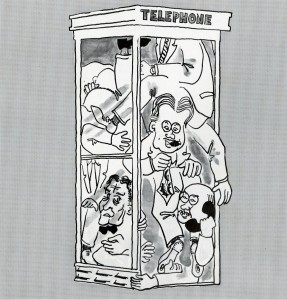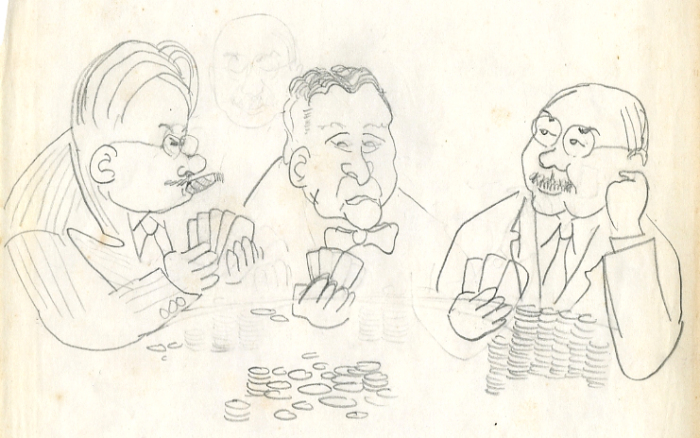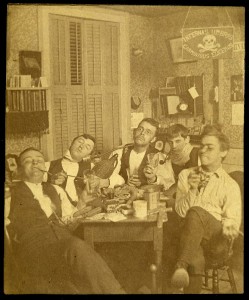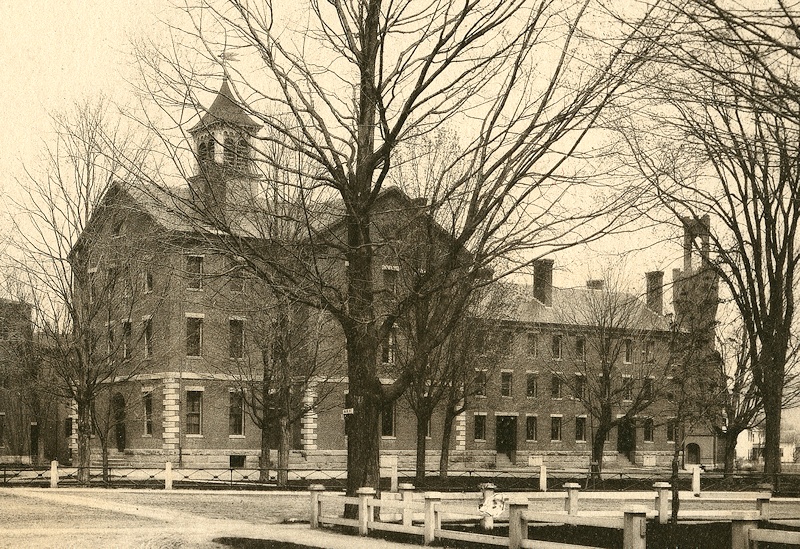The truth, looking back now in the mirror of time, now, is that most of the teachers seem heroic in their own ways – all hard working women, very conscientious, and kind. In current culture, the general kindness of our classrooms seems a profound blessing. — Holly Alderman.
Some weeks ago, as we prepared a special Northampton School for Girls feature in the Williston Bulletin, I asked a few alumnae to name adults whose presence during those formative and formidable ‘Hamp School years had made a difference. We couldn’t use every response. But two of them, from Caren Altchek Pauley and Holly Alderman, were special enough to deserve publication. Here they are, with thanks to the authors for allowing us to share! — RT
Dagmar Abkarian
by Caren Altchek Pauley ’62
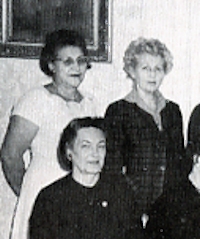
With a comforting presence, Dagmar Abkarian ruled the pristine two-room Northampton School for Girls “infirmary,” located on the upper floor of Montgomery House. During my tenure, 1959-1962, she was a formidable presence, dark, round and with an unusual lumbering gait which seemed to separate her legs when she walked. She wore an immaculate white uniform, nurse’s coif, sensible white shoes, and a name badge. She was unlike any other teacher or faculty member at the school. Her coloring was like mine. It separated her and me from nearly all the other faculty, staff members and students who were mostly light eyed blonds and fair skinned. She was also a bit garrulous and although a mature woman, rather girlish at the same time.
I was a frequent visitor to the infirmary, as every bout of homesickness, math test, science test, and athletic competition caused me to seek consolation in her peaceful domain. Before school counselors became de rigueur, it was the school nurse on whom we depended for advice on “how to survive”. She took my temperature, and then usually pronounced me OK, to my utter and complete disappointment. Then she discussed the challenges of that moment, before nearly squeezing me to death in an affectionate hug. With her sympathetic endorsement, I knew I could make it through the morning geometry exam and even the afternoon field hockey game, although in my heart of hearts I knew I had little talent for either and thoroughly loathed both. Continue reading


